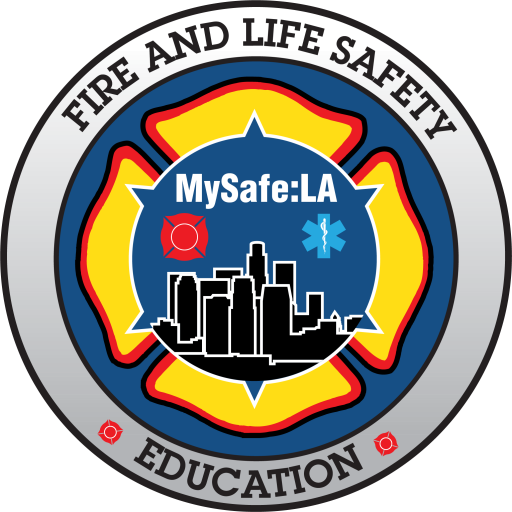Defensible Space
Before a wildfire reaches your home, it must get close to it. Creating a buffer between your home and adjacent land can reduce the risk of ignition on your property.
In the Zone
To make defensible space more understandable and manageable, a series of zones have been established. These zones are specific to the content in them, and the effect flames and embers may have on adjacent zones (or your home).
- The use of hardscape, like pavers, gravel, decomposed granite, or other non-combustible materials is a valuable architectural design element that can reduce the risk of ignition adjacent to your structure
- Consider moving garbage and recycling bins to Zone 1 or 2
- Move firewood or any wood materials to Zone 2
- Remove all dead or living weeds from Zone 0
- Remove dead grass, plants, shrubs, trees, branches, and vegetative debris (leaves, needles, bark, etc.) from Zone 0
- Ensure your gutters, roof surfaces, decks, porches, stairways, etc. are clear of combustible materials
- Remove all tree branches within 10 feet of any chimney or stovepipe outlet
- Avoid keeping combustible items within the 5 foot zone and limit their use on decks – including outdoor furniture, umbrellas, etc.
- Replace combustible fencing, gates, or any ornamental construction that may be attached to your home structure with non-combustible alternative products
- Consider relocating unused vehicles, RVs, or boats to Zone 1 or 2
Zone 1 (and Zone 2) make up the 100 feet of defensible space required by California law. Typically, you will start at your home and work your way out to the 100 foot line of your property (including Zone 0) or to the property line, whichever is closer to the main home structure.
Be aware of important Zone 1 factors:
- Remove all dead plants, grass and weeds (vegetation)
- Remove dead or dry leaves and pine needles from your yard, roof and rain gutters
- Remove branches that hang over your roof and keep dead branches at least 10 feet away from your chimney
- Trim trees regularly to keep branches a minimum of 10 feet from other trees
- As noted in Zone 0, move wood (including firewood) to Zone 2
- Remove or prune flammable plants and shrubs near windows
- Remove vegetation and items that could catch fire from around and under decks, balconies and stairs
- Create a separation between trees, shrubs and items that could catch fire, such as patio furniture, wood piles, swing sets, etc.
You’ll see that these zones may overlap a bit, and that’s intentional. California law stipulates that Zone 2 extends from 30 feet to 100 feet from buildings, structures, decks and other construction – or to your property line, whichever is closer. If you have a detached garage or other outbuilding, this Zone requirement is applicable for every structure on your property. Be aware of important Zone 2 factors:
- Cut or mow annual grass down to a maximum height of 3 inches
- Create horizontal space between shrubs and trees
- Create vertical space between grass, shrubs and trees
- Remove fallen leaves, needles, twigs, bark, cones, and small branches if they have a depth in excess of three (3) inches
- All exposed wood piles must have a minimum of 10 feet of clearance, down to bare mineral soil, in all directions
Vertical Spacing
This is just as important as the ground clearance Zones noted on this page. To begin with, make certain that from the ground up to the first allowable branch is at least six (6) feet. If you’re five foot nine inches tall, and there’s a branch touching your forehead when you stand next to a tree, that branch needs to be removed.
Make certain you allow extra vertical space between shrubs and trees. Not doing this creates a “ladder” for flames to climb, which can increase heat and bring the fire closer to your home.
Use the graphic below to determine the best vertical spacing between shrubs and the lowest branches or trees, including this formula: If a five foot shrub is growing under a tree, you’ll need 15 feet (3 x 5 feet) of clearance between the top of the shrub and the lowest tree branch.
Horizontal Spacing
There’s a formula for horizontal spacing as well. Horizontal spacing depends on the slope of the land – as the more steep the slope, the faster a fire can move. Take a look at the chart below to determine the best horizontal spacing for materials on your property.
Wildfire Resilient Landscaping
It isn’t only drought conditions that make us think about low maintenance landscaping. Being creative and using fire resistant plants and non-flammable ground cover can be attractive and reduce the threat of fire in the three zones around your home. You’ll reduce the amount of water needed to feed dense vegetation, and you will likely have a lovely landscape around your home as well. All of this contributes to defensible space – one of the most important things you can do to protect your property from wildfire.





